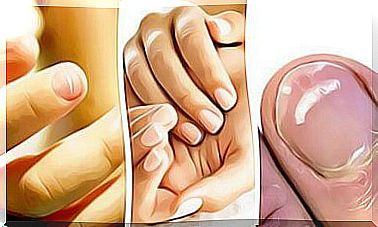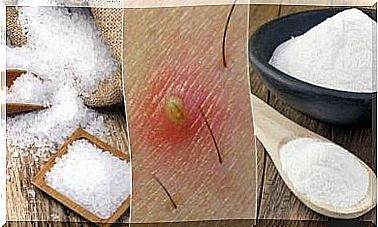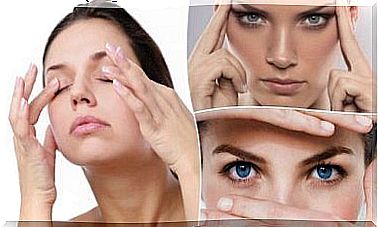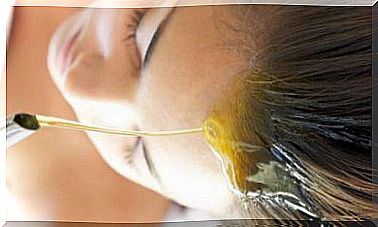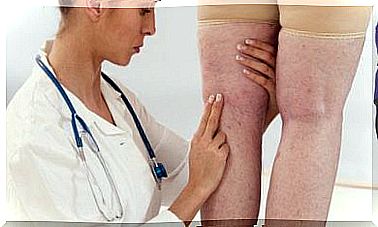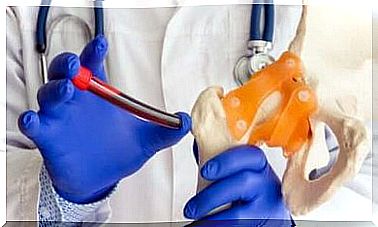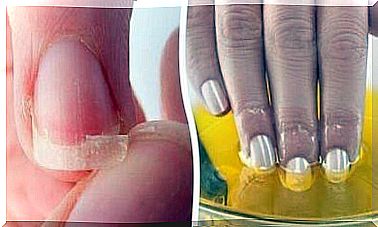Birthmarks And Spots From Birth: Why Do They Appear?
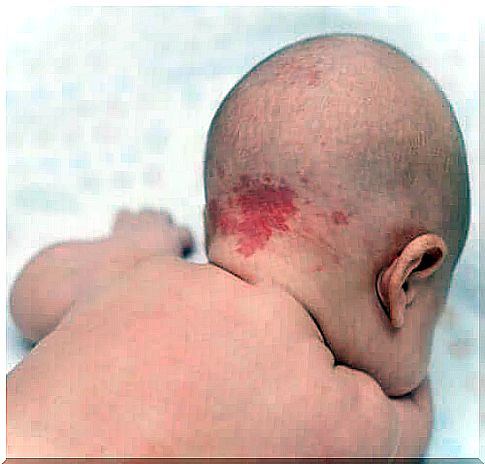
It is not uncommon for newborns to have all sorts of rashes and pimples on their skin that disappear a few weeks after birth. However, some birthmarks and skin patches remain and may even get worse as the baby grows up.
In most cases, birthmarks do not present any health problem. However, they often negatively affect someone’s appearance, for good or bad, depending on their characteristics. In rare cases, they increase the risk of skin cancer or other diseases of this tissue.
In general, there are many myths about birthmarks. Some believe that they are the result of what the mother wanted during her pregnancy, or maybe because of something she ate. However, there is no scientific basis for such statements.
Most people have moles, birthmarks, and patches of skin of all kinds from birth. You do, even if you’ve never noticed them before. Many of these birthmarks will disappear with time, but others will stay with you for a long time. Sometimes even for the rest of your life.
Moles, skin spots, freckles and moles, oh my!
Birth spots are generally changes in the color of a newborn’s skin. Sometimes they develop during pregnancy and other times they appear on the skin days or weeks after giving birth. Scientists believe that about 80% of people are born with a birthmark, freckle, mole, or other form of skin lesion.
Some of them stay in the same place throughout a person’s life, while others disappear over time. The truth is, no matter what their size, location, color or shape, you should always consult your pediatrician so they can examine them and determine if they are harmless or should be taken care of more closely.
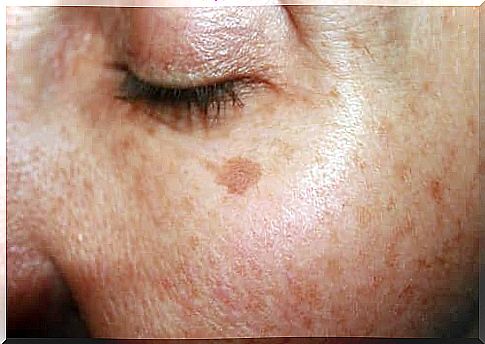
Many of these marks, especially the brown ones, are not visible in the baby immediately after birth. They have a lighter tone in the first months of life and therefore go unnoticed. However, they do turn darker over time.
In general, there are different types of birthmarks with different characteristics. Some of them require medical consultation, but the vast majority are completely harmless.
Skin discoloration and pigmentation changes
There are two types of skin discoloration. These are pigmented and vascular birthmarks.
Among them, there are also two subgroups with different characteristics within the two main groups. When it comes to pigmentary birthmarks, we distinguish among them:
- Freckles. These are the most common birthmarks. They can appear anywhere in the body. Sometimes their number increases rapidly as the child grows. However, if there are many of them and they are larger than 3 mm in diameter, it may be due to neurofibromatosis.
- Mongolian spots. They are blue-gray and are often found on the buttocks or lower back. They are more common in dark-skinned people and almost always disappear by the time the child reaches school age.
- Moles. They are present at birth and are also referred to as birthmarks. These are changes of a permanent nature. In addition, they can be flat or convex. They can also contain hair. They come in brown, red or black. Very large moles of this type can turn into malignant changes.
Vascular moles (spots)
The main feature of vascular spots is that they have shades from pink to purple depending on the subtype. The most common of them are:
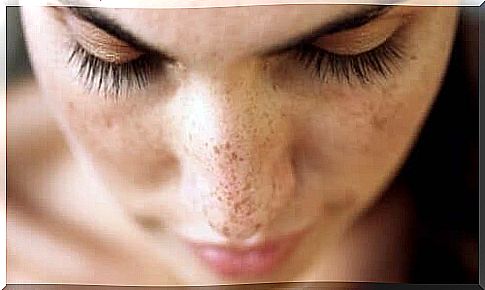
- A birthmark with skin appendages. These are the most common spots on the skin. They usually appear on the eyelids, nose, upper lip, and back of the head or neck. They are slightly red in color and almost always fade away by the age of 2.
- A blood vessel nevus (haemangioma), commonly known, albeit incorrectly, as hemangiomas. They can be superficial or deep. Superficial moles are usually bright red and deep bluish. They usually disappear on their own between the ages of 5 and 9. They usually appear on the head or neck.
- Lymphatic vascular birthmark (lymphangioma). They mainly appear on the face, neck, arms or legs. They are similar to the color of port wine and are therefore sometimes referred to as “port stigmas”. They darken over time and become harder if left untreated. These skin spots never go away on their own.
What causes moles and skin spots?
However, in the case of pigment spots, we know that they are caused by an accumulation of melanocytes in a specific area of the skin. In such cases, there is more melanin in a given area of the body than there should be.
As a result, the properties of the skin make such an accumulation of pigments visible. Basically, such birthmarks have different shades depending on the depth of the layer of skin in which they are located.
Usually, vascular spots are caused by improper formation of blood vessels. Often there are more of them in a certain area or they are wider than usual.
Of course, if in doubt, consult your pediatrician. Your doctor will be able to tell you if these moles require further investigation or not. Only in individual cases will moles be too complicated to make a diagnosis right away, without further investigation.
